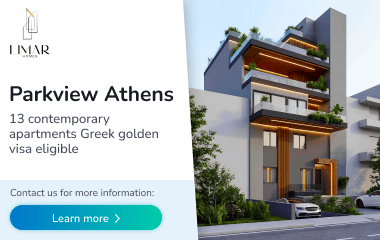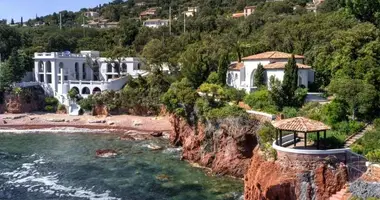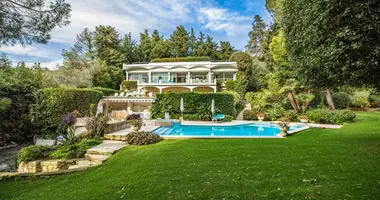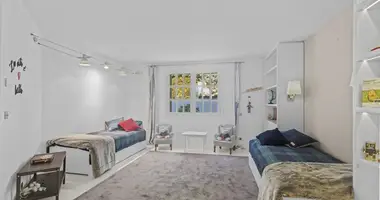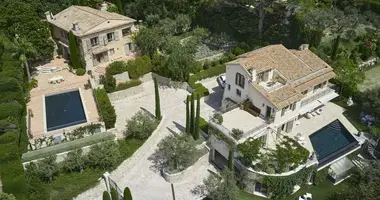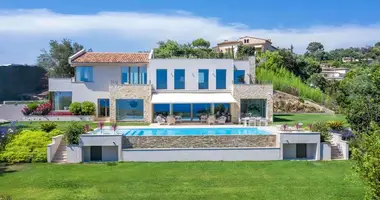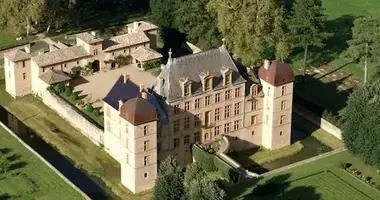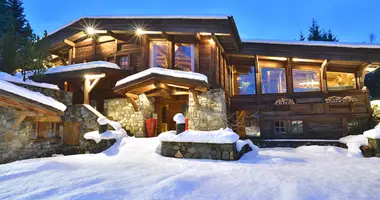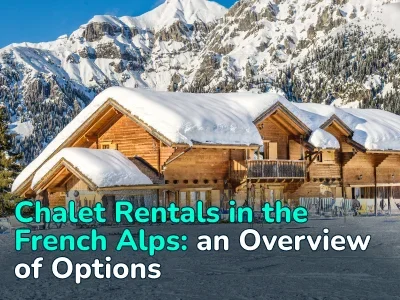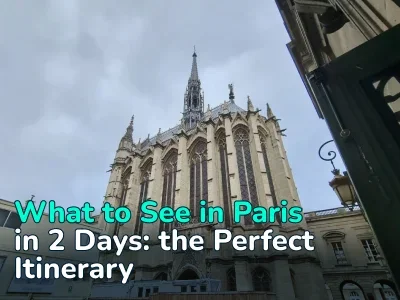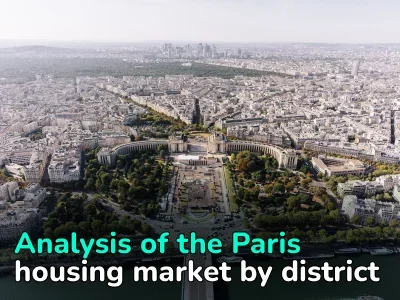Historic Castle in Ile de France
Castle 35 rooms 25 bedrooms 1700 m2
Ile-de-France. Located about 35 km from the capital, which can be reached by the A10 motorway and Orly Airport, the estate is part of the rich landscape of historic Urepua, covered with trees. It is located next to a golf course of over 100 hectares and offers four courses with nine holes.
Description: A gate with two pavilions overlooks the alley leading to the main courtyard. The castle consists of a main building surrounded by two wings located at right angles. An extension called "Le petit château" adjoins the south wing, limiting the elegant courtyard. In the north there are outbuildings, stables, a water tower, a chapel, outbuildings and two greenhouses. On the west side, the pond decorates the park, surrounded by walls and steps. The castle is classified as a historical monument. Its origins date back to the 16th century, when Gilles Lemaître, the general counselor of Francis I, acquired this fortress and built a mansion there of stone and brick. This is evidenced by the old door facing the drawbridge. In the 17th century, the castle will be given to the Lamoignon family and monumentalized in the spirit of Le Vau. It includes a French park. In 1775, the Lamoignons handed over the residence to Duplex de Backencourt, who contributed to its decoration. He has been in the same family ever since. In the 19th century, the Dukes of Padua, cousins of Napoleon, launched a major restoration campaign, turning the garden into an English-style park and adding a pond designed by the Buehler brothers. The residence consists of a central main building framed by two corner pavilions topped by an imperial roof and ending with two low wings at right angles. The facades are made of ochre and beige sandstone and brick panels decorated with garlands of leaves. The main facade consists of nine spans, three of which are part of a central risalite reinforced by a triangular pediment decorated with sculptures and riddled with a target. From the main courtyard, this risalite is emphasized by a balcony surrounded by wrought-iron railings, and from the park side by a large veranda leading to the garden. The steep slate roofs are riddled with arched lanterns. A flight of stairs on each side raises access to the ground floor by several degrees. On the three levels above the basements, its living area is about 1,250 m2.
First floor - this level leads to the entrance in each wing. It consists of a lobby whose not entirely white/gray walls are paneled on a black and white floor lined with cabochon. From each lobby, a staircase leads to the upper floors. In the north wing, one of them distributes on one side a long gallery of about 100 m2 under a ceiling height of 6.50 m, intended for the exhibition of a collection of paintings. Next, the library, floor - parquet of Versailles oak, the walls are sheathed with load-bearing panels; on the other hand, the same lobby leads to the dining room, the floor of which is made of Versailles parquet: the walls are paneled, then leads to the first living room, decorated with a white marble fireplace, where cartouches, crowning doors, richly decorated scenes consisting of putti, fruits and flower garlands. Next, the path goes to a large living room called the “Italian-style living room”, which occupies the central part of the castle. There is a view from the living room at the same time to the Honorary Court and to the park with its pond. Its length is 17 meters, and it rises two floors below the ceiling painted by the spring sky. The original 17th century decoration, Greek antique medallions and trophies, allegories of war and peace, were enriched in the 19th century by the architect Delaru and the painter Daniel. The first floor is surrounded by a painted wooden balustrade. Tapestry on a red background of gaze, furniture and black and gold wood in the style of the imperial residences of the Second Empire give the decor both grandeur and intimacy. Paul is a puen de Honri oak parquet. The “green room” in the style of Louis XV was created by Daniel. It is decorated with a fireplace made of red marble from Flanders, the walls are covered with wooden panels, painted in a soft and refined green color. Next is a hall called the “Museum of Napoleon”, where the atmosphere of the kunstkamera reigns under the ceiling, painted with an image of the sky in the style of trompe-l’oeil. The red Ottoman walls are underlined by support panels reinforced with moldings painted black: this museum has access to the second entrance lobby, located in the south wing.
In this lobby is a wide stone staircase leading up and opening into a very spacious dining room. The walls of this are painted pale yellow; the top of the doors is decorated with medallions consisting of Medici vases and garlands of fruits and flowers. He also has access to a part that has been converted into an apartment, including: living room, bedroom, kitchen, bathroom and toilet.
The first floor - corridor distributes on both sides a large living room, three bedrooms with a bathroom or shower and a bedroom with a small dining room and kitchen, a total of eight bedrooms. Each room has a marble fireplace. The floor - oak parquet, windows - open a view of the park and its pond. The second floor has six bedrooms, one of which has a bathroom and most of the others have a toilet. A long corridor, partially lit by a convex window and arched skylights, leads to several rooms used to store things. The floors are covered with terracotta; marble fireplaces. Large attics in the upper parts.
The small castle was rebuilt in the 19th century by Delaroo and rests on the south wing. The harmonious and balanced facade under the slate roof, decorated with a clock framed by pots-à-feu, gives the charm of a large and noble residence. It is also built of brick and stone, riddled with numerous coves overlooking the park. The living area of the two-level house is about 410 m2. First floor - it consists of a living room, an office / bedroom with a bathroom, a dining room leading to an equipped kitchen. The floors are paved with black and white cabochons, stone fireplaces in the style of Louis XV, and the walls are covered with fabrics. Next is the old “big kitchen”, decorated in black and red tones of Van Dyck. Large cast-iron furnaces and a high chimney testify to the continuity of intense culinary activity. Another building - the first floor - five bedrooms, bathroom, toilets. Oak parquet floor; marble fireplaces.
In addition, its proximity to the capital is a certain advantage. Exclusive sale.
Cadastral area - 45 hectares. The area of the main building is 1645 m2 .The number of bedrooms + 20 . The area of outbuildings is 700 m2.
















































